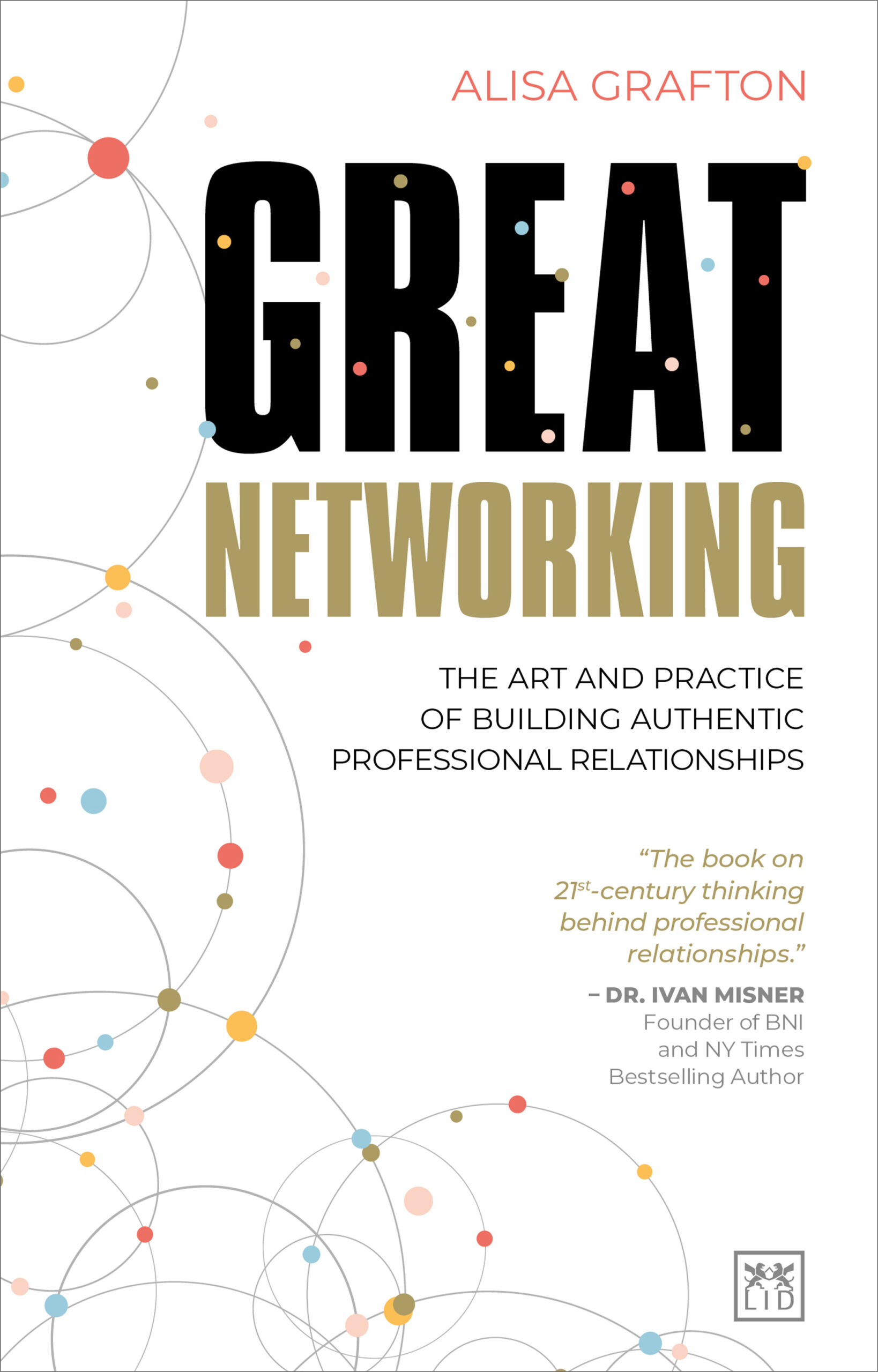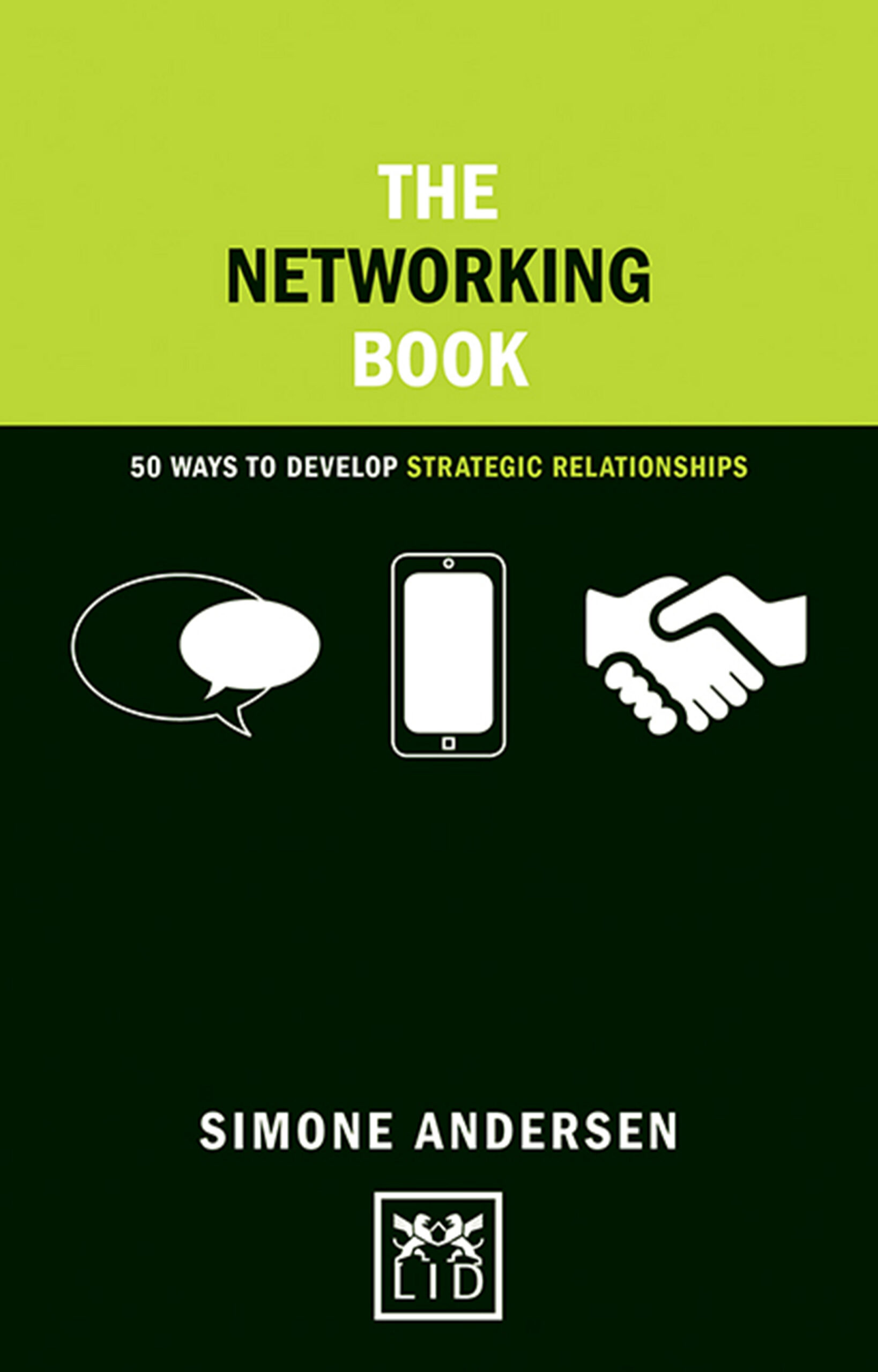|
The Art of Networking
The Art of Networking

By Guest Contributor Nishtha Chugh
Nishtha Chugh, a member of Toastmasters International, shares tips on how to network effectively.
Since prehistoric times people have needed to make an impression on others and become part of a group. Back then it was an essential survival strategy to avoid being eaten by a predator or be protected from other equally dangerous threats. Today we need to impress our peers in the rather more benign surroundings of the networking event. However, the same evolutionary drives still apply and two millennia later success in career and social relations is the new definition of survival.
Let’s look at some ways to help you network effectively, make a good impression and further your career.
Use your ears and your eyes
Positive first impressions and interactions do not consist of confident verbal and non-verbal speech alone. Constructive engagement in small groups, like those in the networking events, also depend on your ability to listen effectively.
To establish a connection with your group it’s important that you listen not just with your ears but your eyes too. This means active and attentive visual listening by paying close attention to the person you want to build a rapport with. Making eye contact with them, observing their posture, facial expressions, and body language will help you gain insights into their intentions and emotions. This also reflects authenticity and sincerity on your part.
Employ the virtual mic
Meeting strangers in a formal setting with the intent to make connections is in fact a form of public speaking. You may not be on the stage facing an audience but you are essentially performing the same role. In both instances, you are presenting yourself or your ideas and seeking endorsement and validation from your peers.
An effective way to make a first strong impression with an important group is to use the microphone technique. When introducing yourself to the group imagine standing on a stage (or on live radio) with a microphone. This mental exercise helps in two ways: first, you are likely to speak in concise sentences with a better selection of words, and second, your voice and cadence will sound more measured. You will be surprised to see how employing this technique purposefully can instantly prime your audience to tune into what you have to say.
Make use of some careful pauses
What are your most memorable movie scenes or speeches? Would you describe them as powerful and moving? Watch them again and you will notice that their impact and profundity, in all likelihood, is down to the well-timed pauses in their delivery. Pausing before and after important ideas helps to create emphasis and significance. This not only allows the audience to absorb the message more intently but it also makes the speaker appear more confident and powerful. They are an essential tool in your speaking and networking.
Most importantly, pauses help people to avoid using filler words like ah and um which are often seen as a sign of weak communication, poor preparation or lack of confidence.
Say people’s names (correctly)
Our workplaces and social circles are becoming increasingly diverse. Shifting attitudes towards culture and identity in recent years means a growing number of people from diverse backgrounds are choosing not to anglicize their names in our predominantly English-language-driven workplaces. People like to hear their names or at least see peers make an effort to spell or pronounce them correctly. It helps affirm their existence and reinforces their sense of self. Proactively asking a person to help you with the pronunciation of their unfamiliar or challenging name can be the simplest yet most powerful way to show respect and establish a positive association. It’s worth remembering that requesting people to repeat their names is still more polite than asking them for a shorter nickname.
Hands and words in sync
An analysis of TED talks a few years ago revealed that the most viral speakers used an average of nearly 465 hand gestures. The least popular speakers, on the other hand, used half as many. Even with the sound off, speeches with more hand gestures received higher scores from test volunteers on trustworthiness and charisma than those with fewer gestures. In other words, what was said was less impactful than how it was said. In another study, researchers found that using hand gestures increased the value of the spoken message by sixty percent. Combining verbal and nonverbal cues enhanced information processing and recall.
When addressing a small group or an audience allow your hands to complement your spoken communication. Hands indicate intention. Using them effectively and purposefully can help establish trust and credibility with your peers.
Be remembered by…
Events like networking require a repetitive and often mundane exchange of basic information such as names, job titles and interests. In professional settings people often balk at the idea of saying anything unusual or adding ‘colourful’ details when introducing themselves. But these elements are exactly what can make you stand out, appear instantaneously interesting and leave your peers with something to remember you by long after you’ve met them. The key is to do it skilfully and within context.
You might recall businessman Richard Branson greeting an audience with “Hi, I’m Richard Branson, and I once dressed up as a female flight attendant on one of my airlines just to entertain the passengers and fulfil a bet.” And tennis ace Steffi Graf, with consummate style, opened a conversation with: “I’m Steffi Graf, and my backhand is so fierce that it has its own fan club.”
Incorporating a humorous fact, surprising statements, or a professional anecdote into your introduction can be a powerful tool to create a positive and memorable impression. Whether new connections lead to immediate opportunities or not they are likely to remember you as authentic, relatable and unique.
Networking is an excellent way to make new contacts and build mutually beneficial relationships. I hope these strategies will prove valuable to you as you work the room.
ABOUT THE AUTHOR
 If you really want to build your career and achieve professional success, being able to network effectively is crucial. Based on first-hand experience of a successful and dynamic professional, whose focus remains on developing her network of contacts even as she enters the senior stage of her career, Great Networking is a modern-day, highly practical guide for anyone seeking the networking skills and confidence required to succeed in their career.
If you really want to build your career and achieve professional success, being able to network effectively is crucial. Based on first-hand experience of a successful and dynamic professional, whose focus remains on developing her network of contacts even as she enters the senior stage of her career, Great Networking is a modern-day, highly practical guide for anyone seeking the networking skills and confidence required to succeed in their career.
 It is a well-documented fact that what we want and desire is more easily achieved when we understand how to build the right relationships. Networking is basically the exchange of a wide range of services – and the most precious insurance in your private life and your career. The Networking Book, a highly practical and accessible read, will help anyone understand the power of networking quickly through face-to-face meeting and social media, as well as how they can use it as a way to enhance their prospects.
It is a well-documented fact that what we want and desire is more easily achieved when we understand how to build the right relationships. Networking is basically the exchange of a wide range of services – and the most precious insurance in your private life and your career. The Networking Book, a highly practical and accessible read, will help anyone understand the power of networking quickly through face-to-face meeting and social media, as well as how they can use it as a way to enhance their prospects.

 Nishtha Chugh is a member of Toastmasters International, a not-for-profit organisation that has provided communication and leadership skills since 1924 through a worldwide network of clubs. There are more than 400 clubs and 10,000 members in the UK and Ireland. Members follow a structured educational programme to gain skills and confidence in public and impromptu speaking, chairing meetings and time management. To find your nearest club, visit
Nishtha Chugh is a member of Toastmasters International, a not-for-profit organisation that has provided communication and leadership skills since 1924 through a worldwide network of clubs. There are more than 400 clubs and 10,000 members in the UK and Ireland. Members follow a structured educational programme to gain skills and confidence in public and impromptu speaking, chairing meetings and time management. To find your nearest club, visit